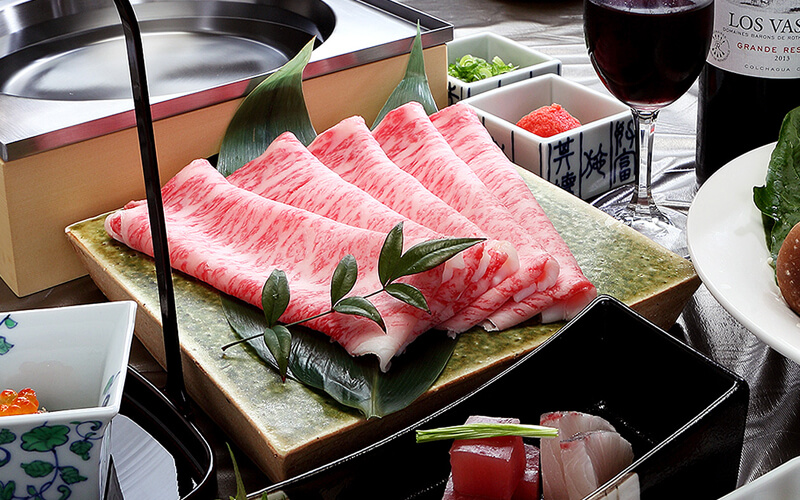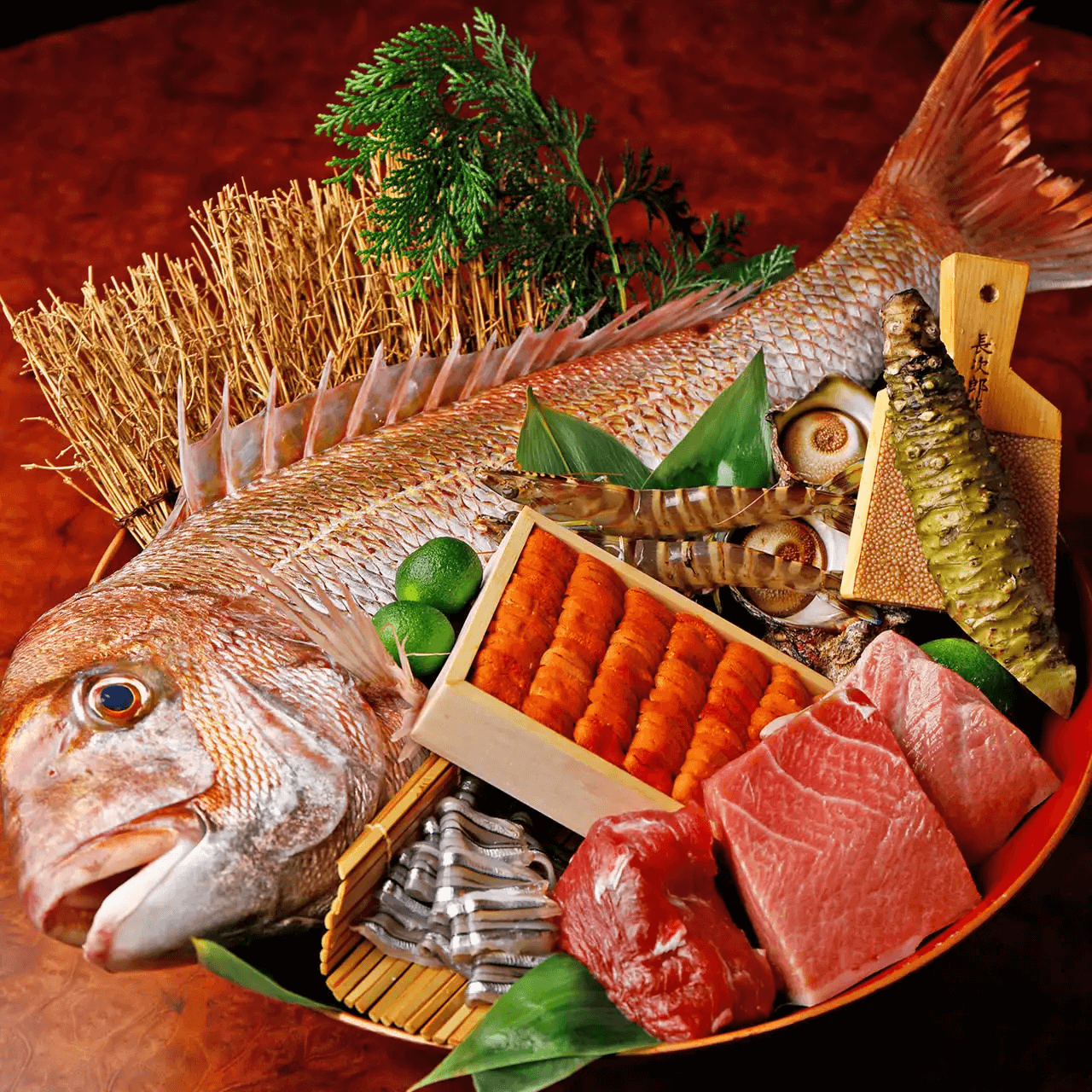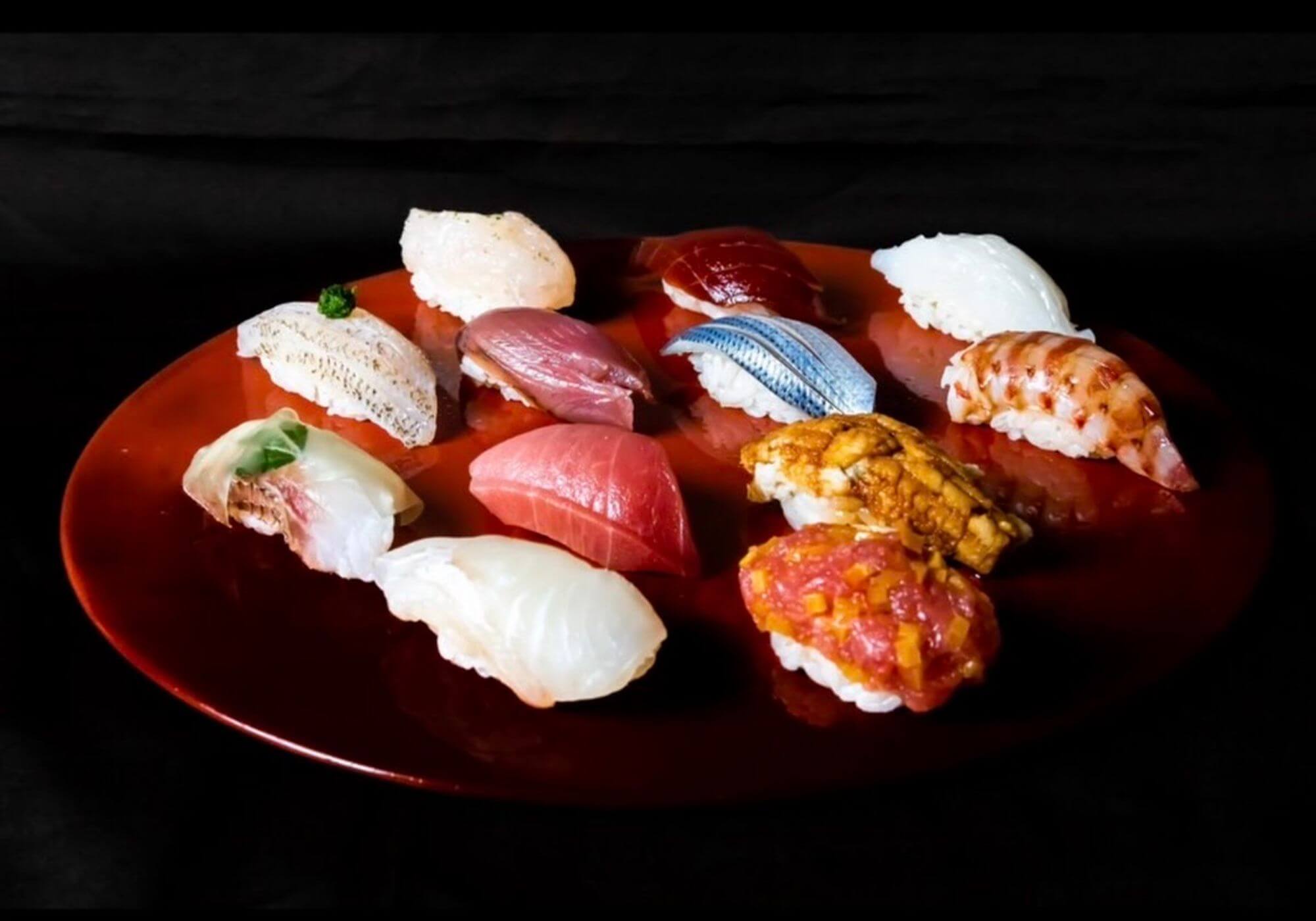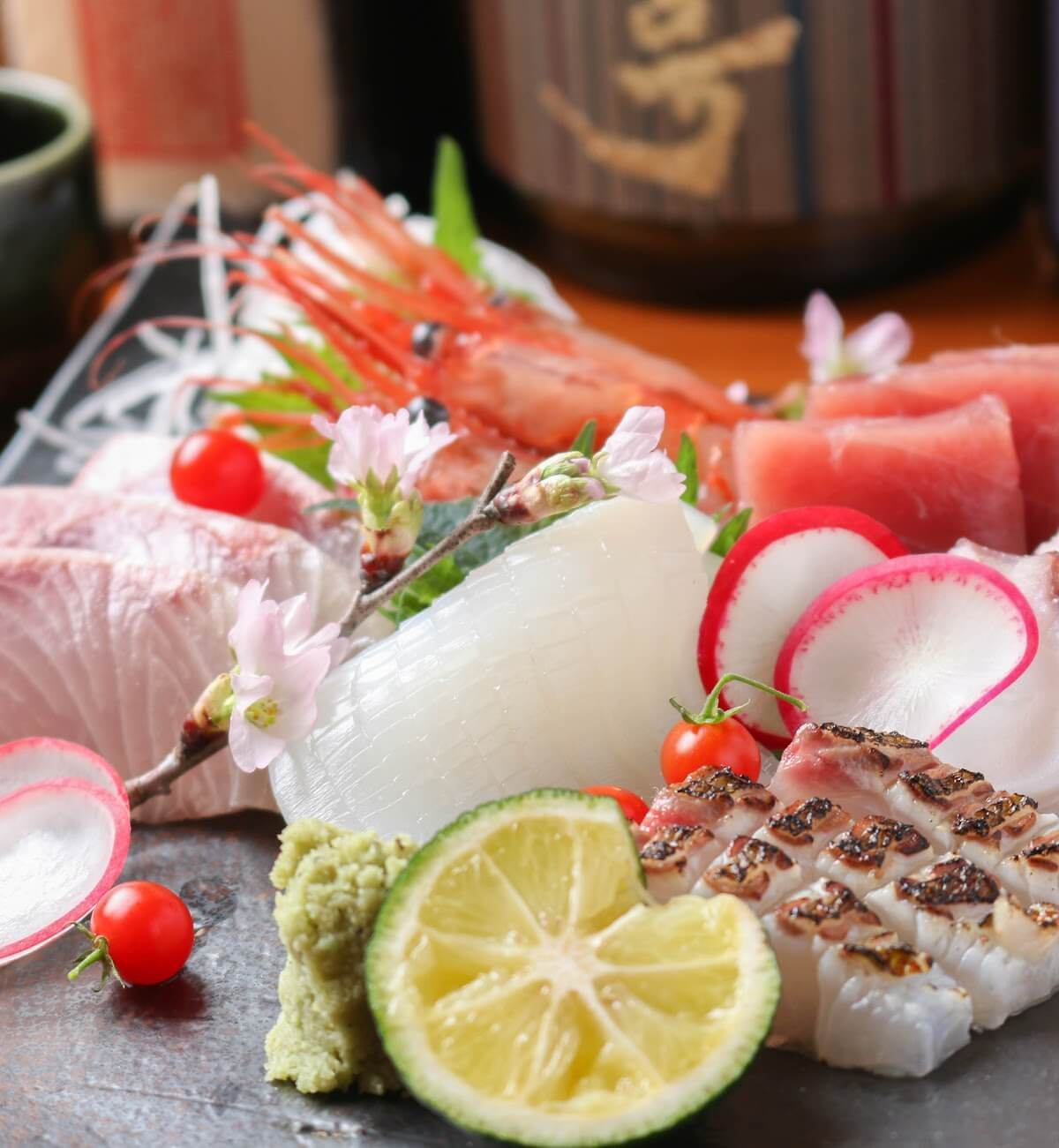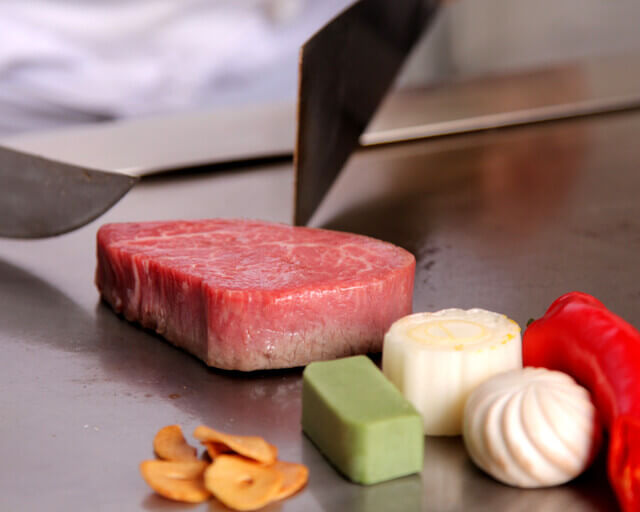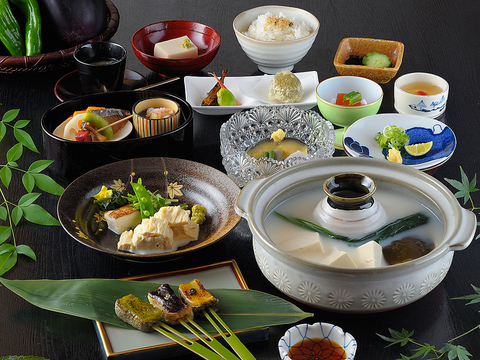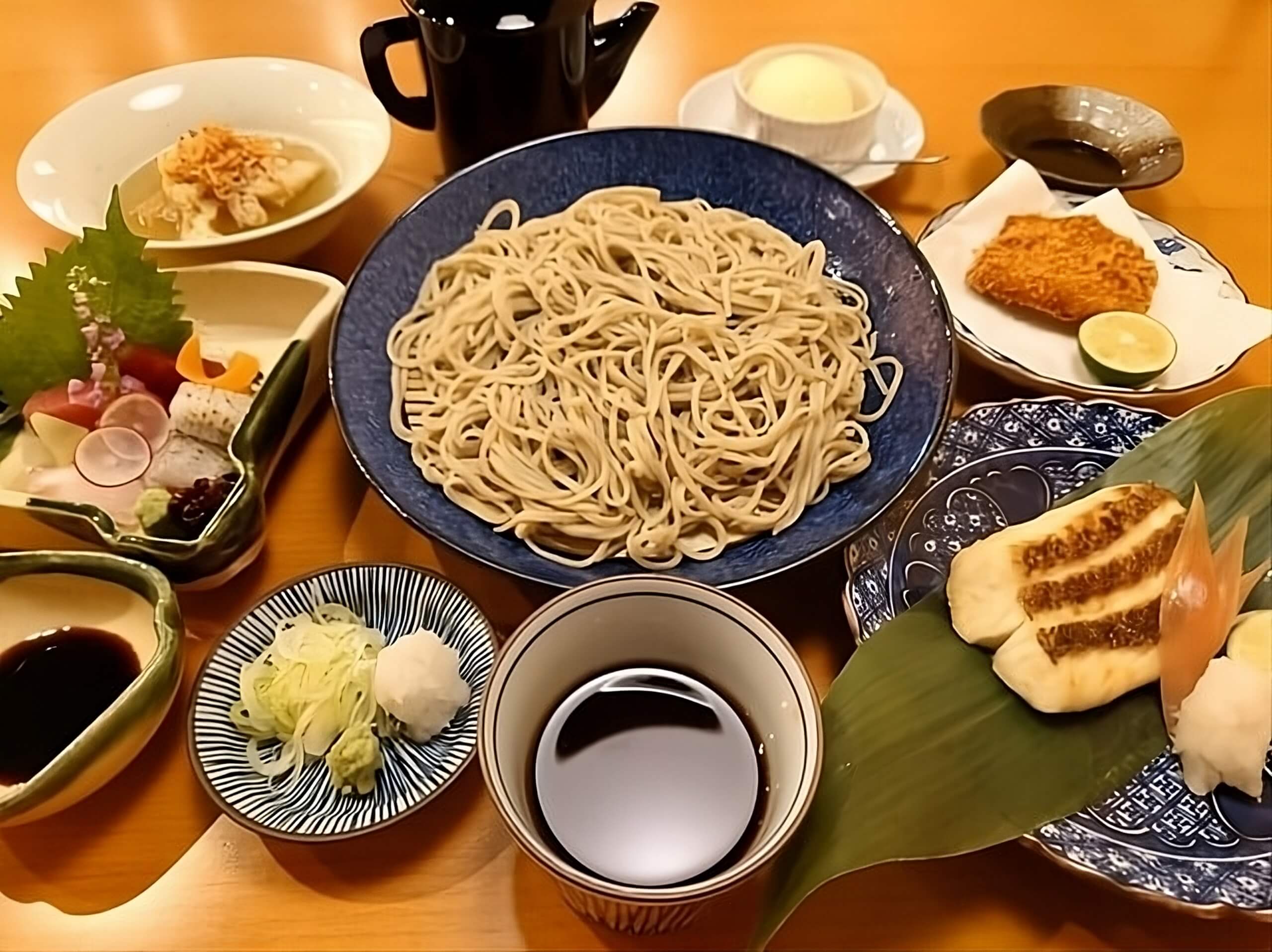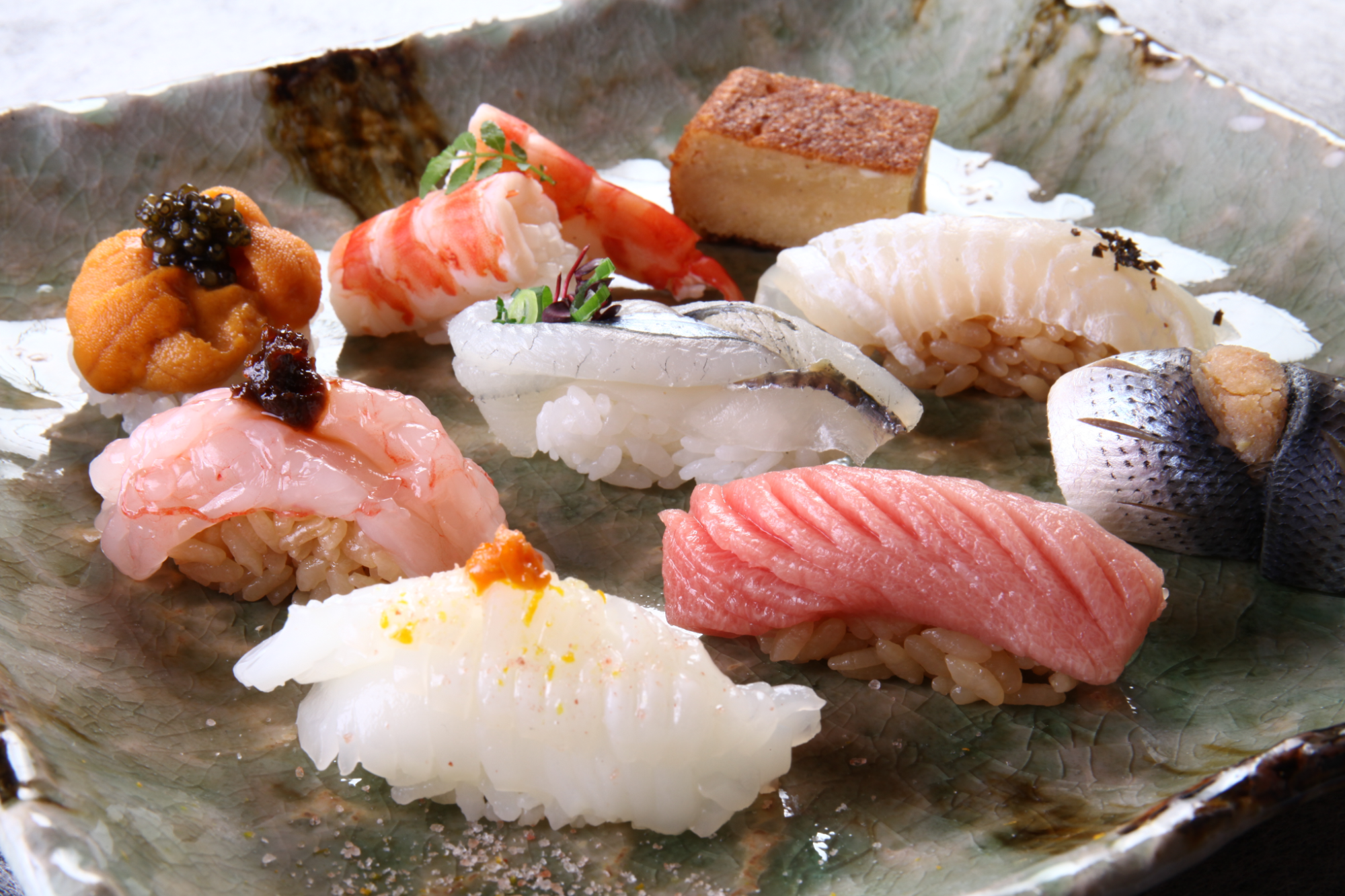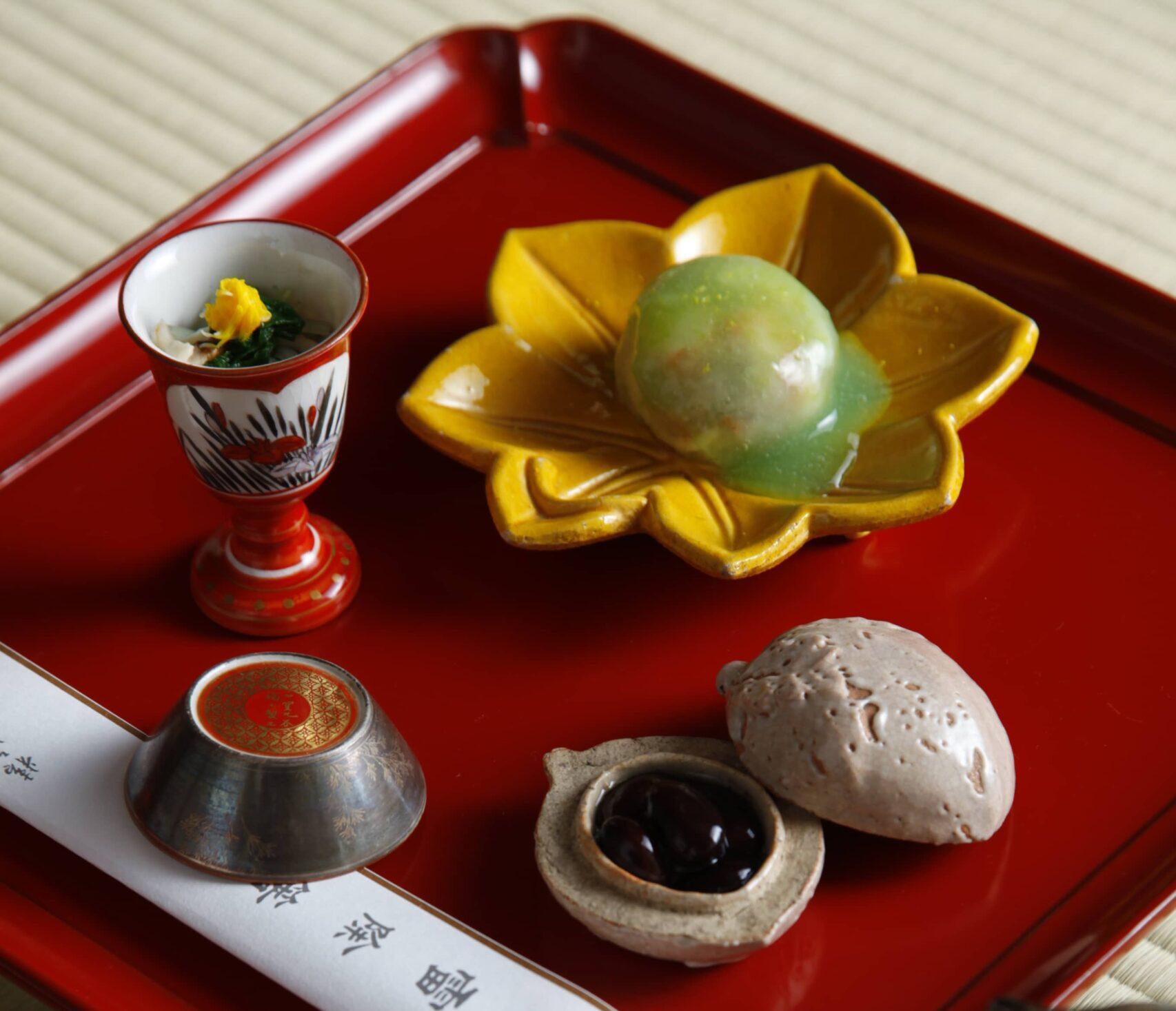If you’re planning a trip to Japan, it’s important that you know a little about the Japanese currency (yen) and how to exchange your money.
That’s why our local Japanese experts here at MACHIYA INNS & HOTELS have created this simple guide to using money in Japan. We’ll cover how currency exchange in Japan works, the best places to change your money, and more.
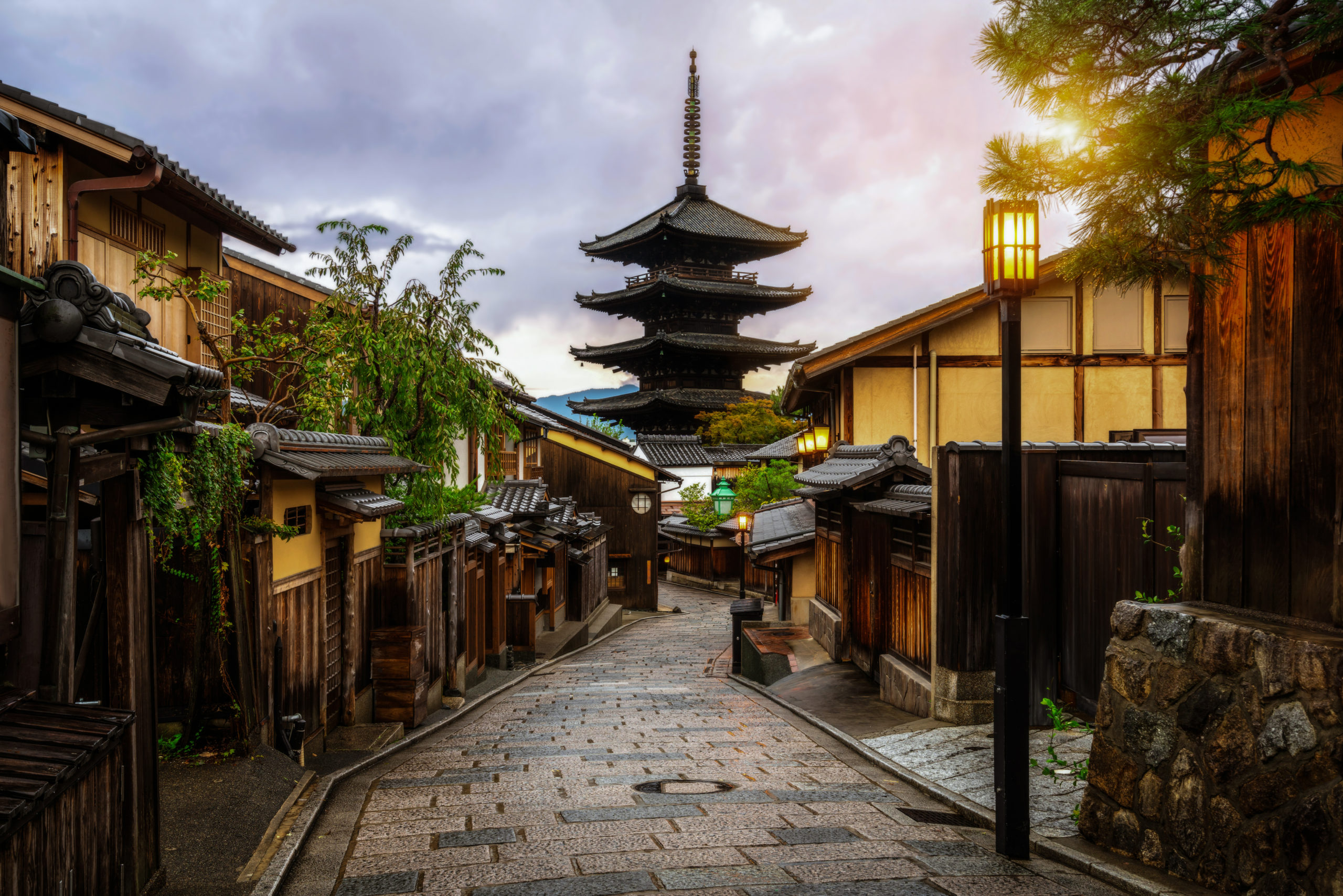
Rent an entire Japanese Holiday House (private vacation rental) in Kyoto city: MACHIYA RESIDENCE INN KYOTO
In order to have the most seamless experience during your Japan vacation, there are a couple things you should keep in mind before traveling.
The currency in Japan is called the yen (円). There are currently 6 types of coins and 4 types of paper money in circulation. You’ll find 1, 5, 10, 50, 100, and 500 yen coins. For banknotes, you will often see 1,000, 5,000, and 10,000 yen notes, and very rarely you might see a 2,000 yen banknote. The yen is actually the 3rd most-traded currency in the foreign exchange market, ranking after the dollar and euro.
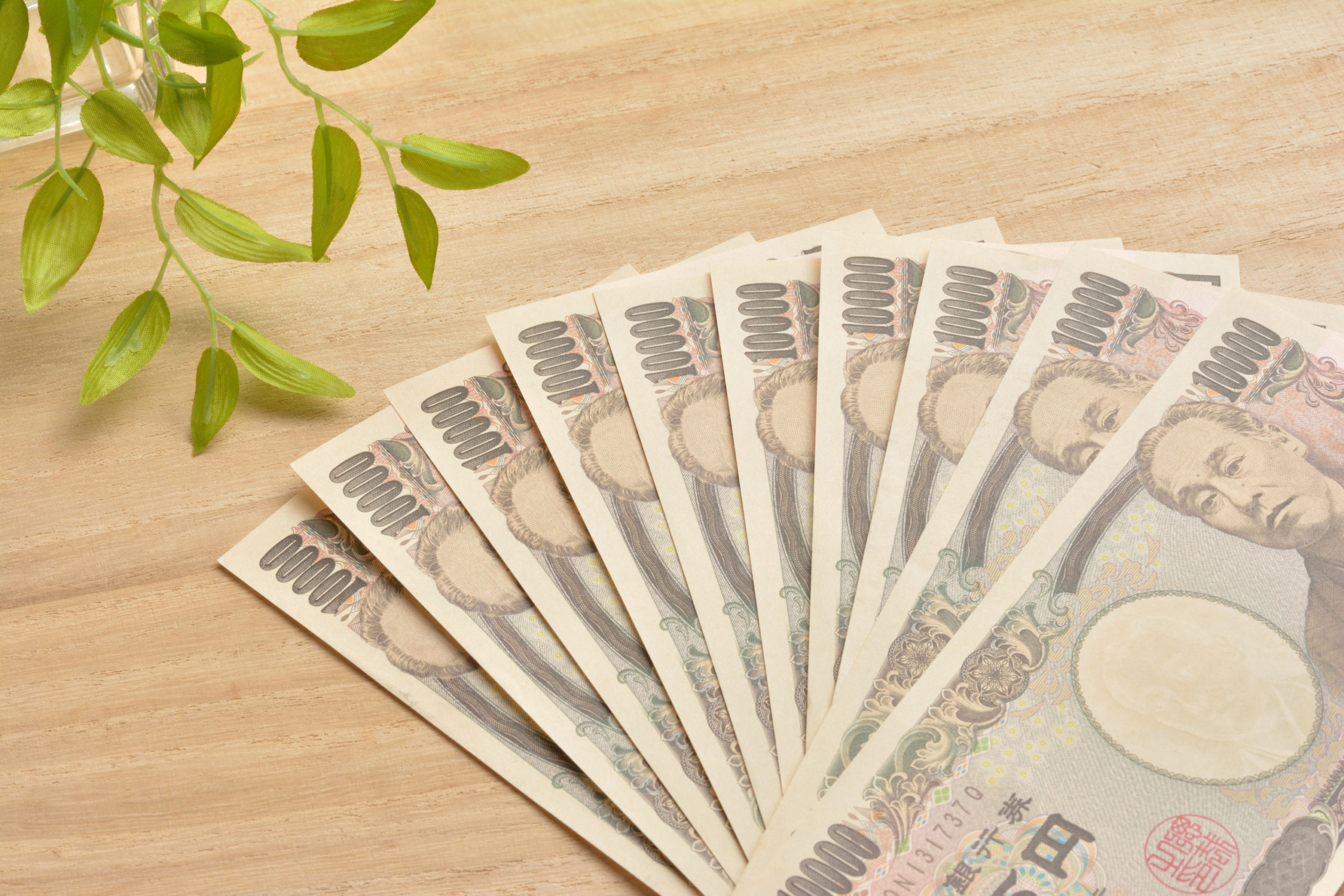
Japan may seem like a modern haven, having the latest technology and being at the forefront of new advances, but Japan is still a very much cash-based society. Although most major stores will take credit and debit cards, travelers are often surprised that there are many places that only accept cash payment for services even in 2025.
Many smaller businesses do not accept any payment type besides cash. Unfortunately, you can’t pay with your own currency either — foreign currency is not accepted as payment in Japan, so travelers must exchange their local currency into Japanese yen. Having Japanese currency in cash on you at all times is a must for travelers.
We also suggest that you make sure to carry smaller denominations of yen. Independent shops and taxis, for example, may not have enough change if you pay with a larger bill.
Depending on where you live, it may be best to exchange your money for Japanese yen after you arrive in Japan. That may seem strange if you always handle currency exchanges ahead of a vacation, but it could work out better for you in some cases.
For instance, you may be able to get a good exchange rate when changing United States dollars into Japanese yen, as it’s a highly traded foreign currency. Compare Japan’s current rate to your local rate to find the best option.
Planning to exchange your money when you arrive in Japan? We’ve rounded up the 4 methods of exchanging money after arriving in Japan for your travels.
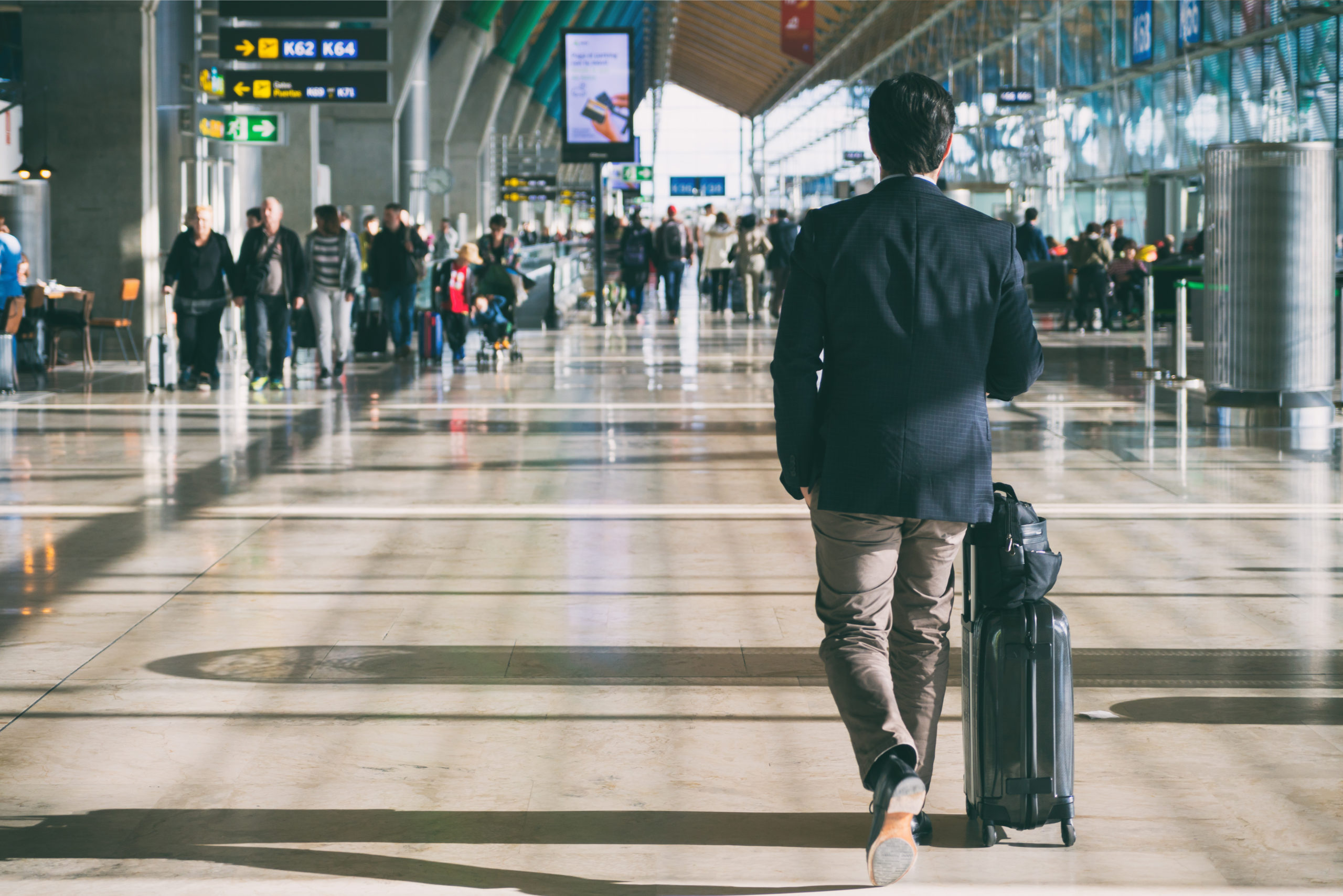
Visiting a currency exchange service at a Japanese airport is the simplest, most accessible option on this list. You’ll find a variety of currency exchange counters at every international airport in Japan, and they usually offer the same rate as banks.
If you’re worried about the language barrier and being able to communicate with staff during your exchange, the currency exchange services at airports usually have staff with some level of English. You may find it more comfortable dealing with staff here as opposed to a Japanese bank where there’s no guarantee the staff can communicate with you in English.

Japan’s bigger banks, including Mizuho and Sumitomo Mitsui Banking Corporation (SMBC), offer currency exchange services. However, as the need for foreign currency exchange has decreased, not many smaller banks provide this service. Bigger branch stores usually offer this service, but a Mizuho or SMBC bank in more rural areas may not offer currency exchange as part of their services.
If you want to visit a bank instead of using an airport currency exchange counter, be sure to check whether the bank you plan on visiting offers this service. You can find this information online on the various banks’ websites.
Exchanging foreign currency at a bank can take more time than other methods, as you have to complete certain forms before you can exchange your money. Also, be aware that you can only use this service during a bank’s opening hours, which tend to be fairly short (e.g. from 9am to 3pm).
Using a currency exchange machine can be tricky as they’re unmanned, so you have no one to ask for help or advice.
They are, however, conveniently locations throughout Japan, such as tourist information centers and train stations. They’re fortunately generally easy to use, too, and available until late at night (depending on their location). Currency exchange machines also include multiple language options for travelers’ convenience.
To avoid frustration, make sure that nearby machines can exchange your currency before you visit. While these machines don’t provide the best rates, their availability, ease of use, and language options make them a great option if you need more yen while in Japan.
Discount ticket shops (“kinken” shops) are less well-known compared to other Japan money exchange methods, but you’ll find them in numerous locations across Japan, usually close to major train stations. These small stores offer discounted items such as gift cards and train tickets, as well as foreign currency.
So why forgo more traditional exchange methods like at a bank for a “kinken” shop? If you’re looking to get the most for your money, the currency exchange rates here can actually be better than those at banks. Although the rates may be better, the finding a discount ticket shop and navigating it may be too much of a hassle, especially as most store will not have staff proficient in English or with experience assisting foreign customers. We recommend seeking out a “kinken” shop for experienced travelers in Japan, preferably with some understanding of Japanese.
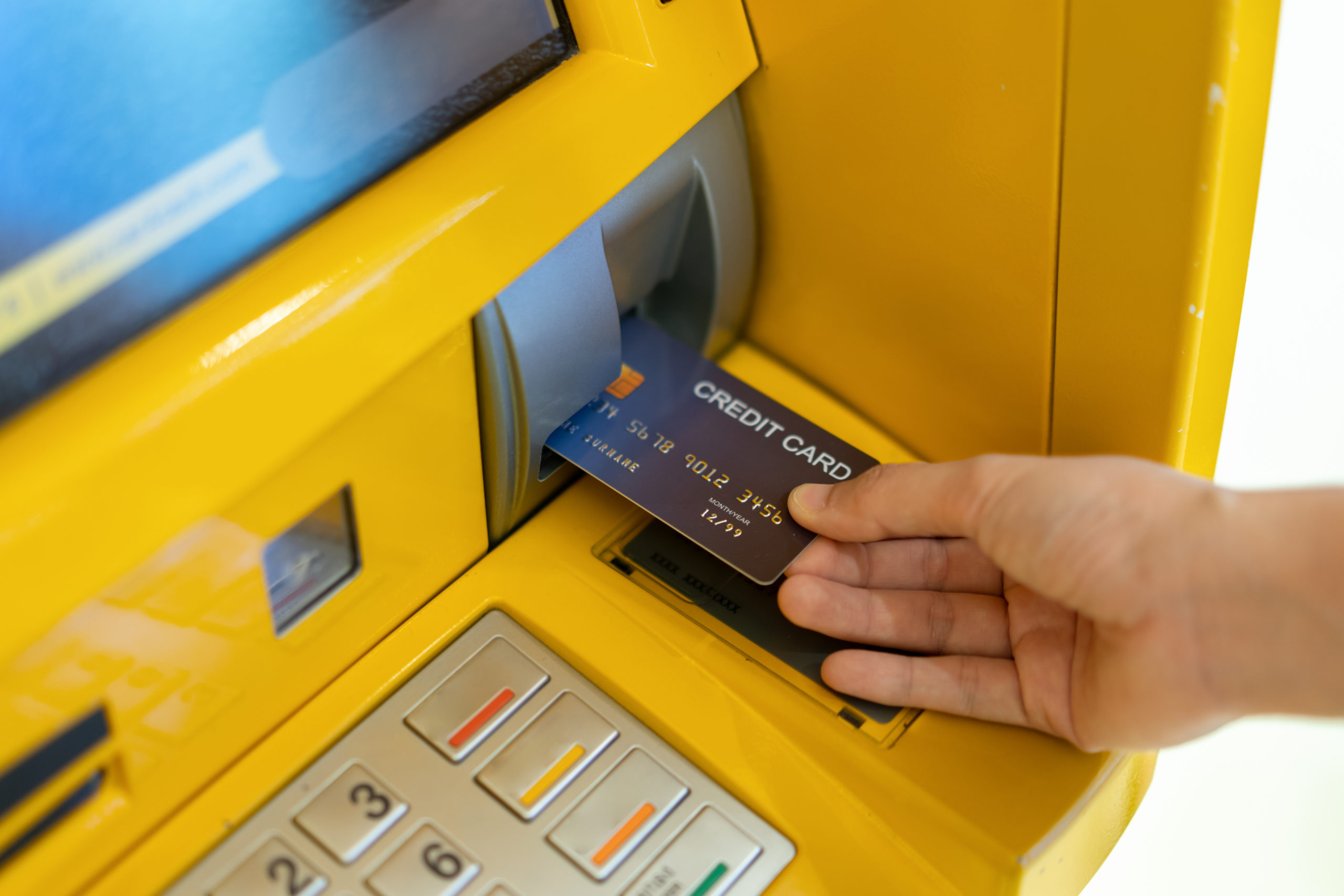
We recommend that you exchange all the money you expect to need when you arrive in Japan, but we know that you may run out of cash or just need a little extra during your trip.
Don’t worry — withdrawing money from your foreign credit or debit card in Japan is easy. It might be cheaper, too, if you consider the various fees involved with currency exchange services.
One point to remember: inform your bank that you’ll be visiting Japan, otherwise they may assume your card has been stolen and block your transactions. You also need to be sure you know your pin code, as it’s essential for transactions in Japan.
Every Japan Post ATM offers a withdrawal service for many foreign cards. They’re available in post offices, as well as some major train stations, tourist spots, and department stores. You can check that Japan Post ATMs accept your cards before you travel on their website here.
While convenience stores (“konbini”) are easy to find almost anywhere in Japan, foreign money withdrawal is only available at certain ATMs. We recommend visiting a 7-Eleven, which carries 25,000 machines throughout Japan. Many Lawson stores now have ATMs which accept foreign cards. You can check their website for which store locations offer this service.
Convenience store ATMs may be available 24/7, but the fees vary depending on the day and time, so be sure to check these first!
Many major bank ATMs now offer an international withdrawal service, but availability is still limited at the time of writing. Check a bank’s website for information before you visit if you want to make use of their ATMs. Still, it may be quicker and simpler to find a Japan Post or 7-Eleven convenience store ATM instead.
While traveling in Japan, we recommend carrying cash at all times during your travels, and using credit or debit cards when possible at restaurants and stores. But if you’re a seasoned traveler and looking for other methods, here are a couple options for other payment methods while in Japan.
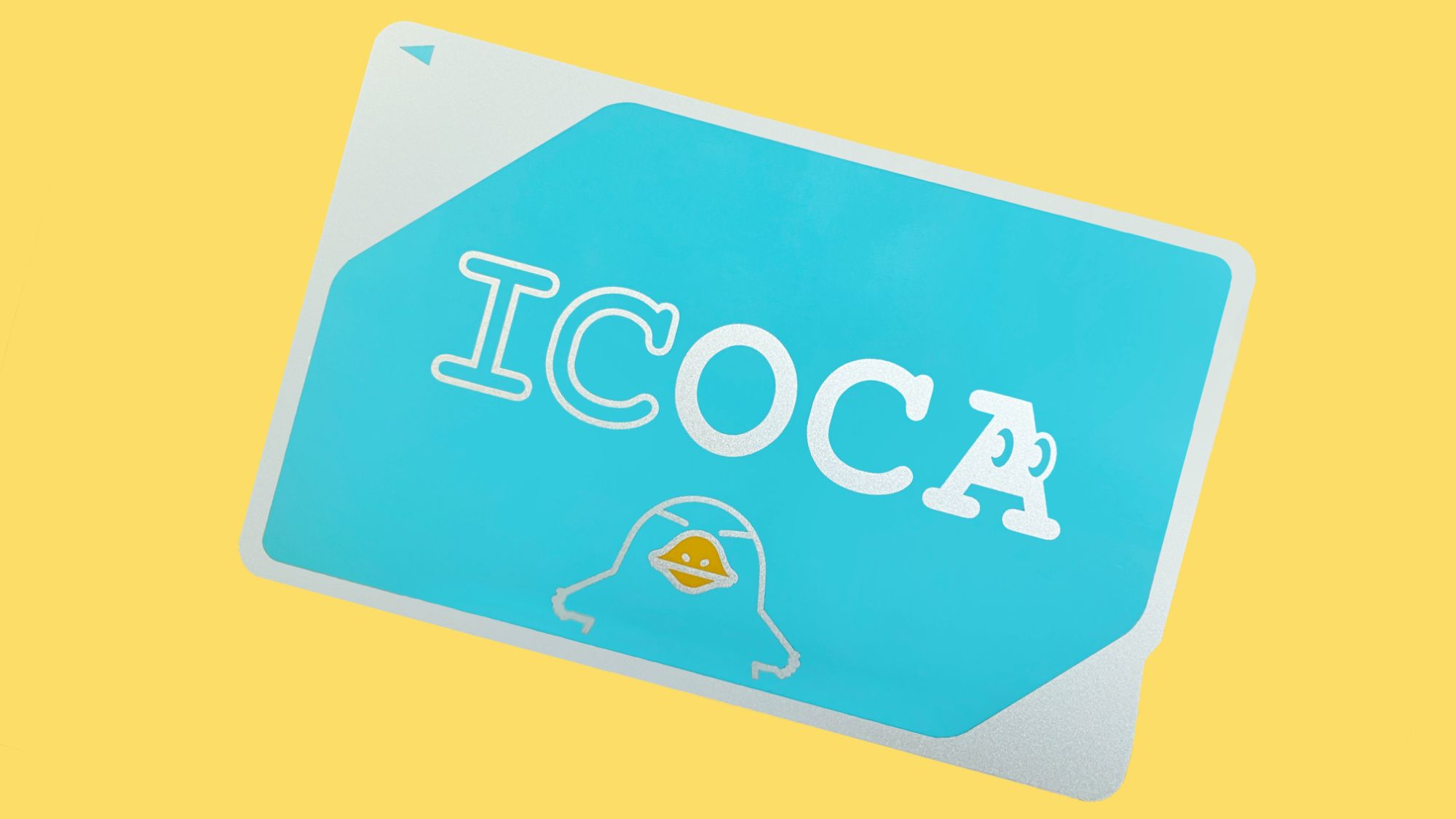
IC cards are rechargeable, and you can use them to pay for goods at many stores, restaurants, and vending machines just by touching the card to a reader for a second or two. You can also use IC cards for fares on public transport.
They have an initial cost, but offer convenience and peace of mind. For more information about IC Cards, be sure to check out our blog post on Best Travel Tips for a Stress-Free Japan Trip: Advice from Locals.

Mobile payment options have become more mainstream across Japan in recent years, though they’re not available everywhere just yet. Since all you need to carry around is your smartphone and there is no need to handle cash or cards, mobile payment has become very popular among locals in the past few years. The most popular options are targeted at Japanese locals, though, and can be very tough for tourists to use.
Some businesses accept WeChat Pay, Apple Pay, and Alipay, but check ahead of time to avoid issues during your travels.
We hope this guide helps you with your Japan money exchange and give you a good idea of what you can expect once you arrive in Japan! Be sure to check out our other blog posts for the best places to visit while in Japan as well as other useful travel tips for your vacation.
Other Japan blogs you may be interested in:
・Japan Travel Tips: Advice Before Traveling to Japan
・How to Shop Tax-Free in Japan
・Japan Travel Tips: Internet Access While Traveling in Japan
Looking for the perfect place to stay during your trip to Japan? MACHIYA INNS & HOTELS offers a collection of beautifully renovated traditional Japanese accommodations in Kyoto, Kanazawa, and Takayama. Each property combines the charm of historic machiya architecture with modern amenities, providing an authentic and comfortable experience.
Choose from private holiday house rentals or boutique hotel rooms, each thoughtfully designed to preserve the unique character of traditional Japanese design while meeting the needs of today’s travelers. Whether you’re exploring ancient temples in Kyoto, sampling fresh seafood in Kanazawa, or wandering the quaint streets of Takayama, our accommodations provide the perfect home base for your adventures.
Discover your ideal stay and start planning your unforgettable journey to Japan. Visit the MACHIYA INNS & HOTELS official website to learn more and book your stay today!
Make your trip a truly local experience, and go where the locals go. If you're wondering where the locals go to eat when hanging out with family, celebrating with friends, stopping by for an after work drink... look no further.
Machiya Locals Website
